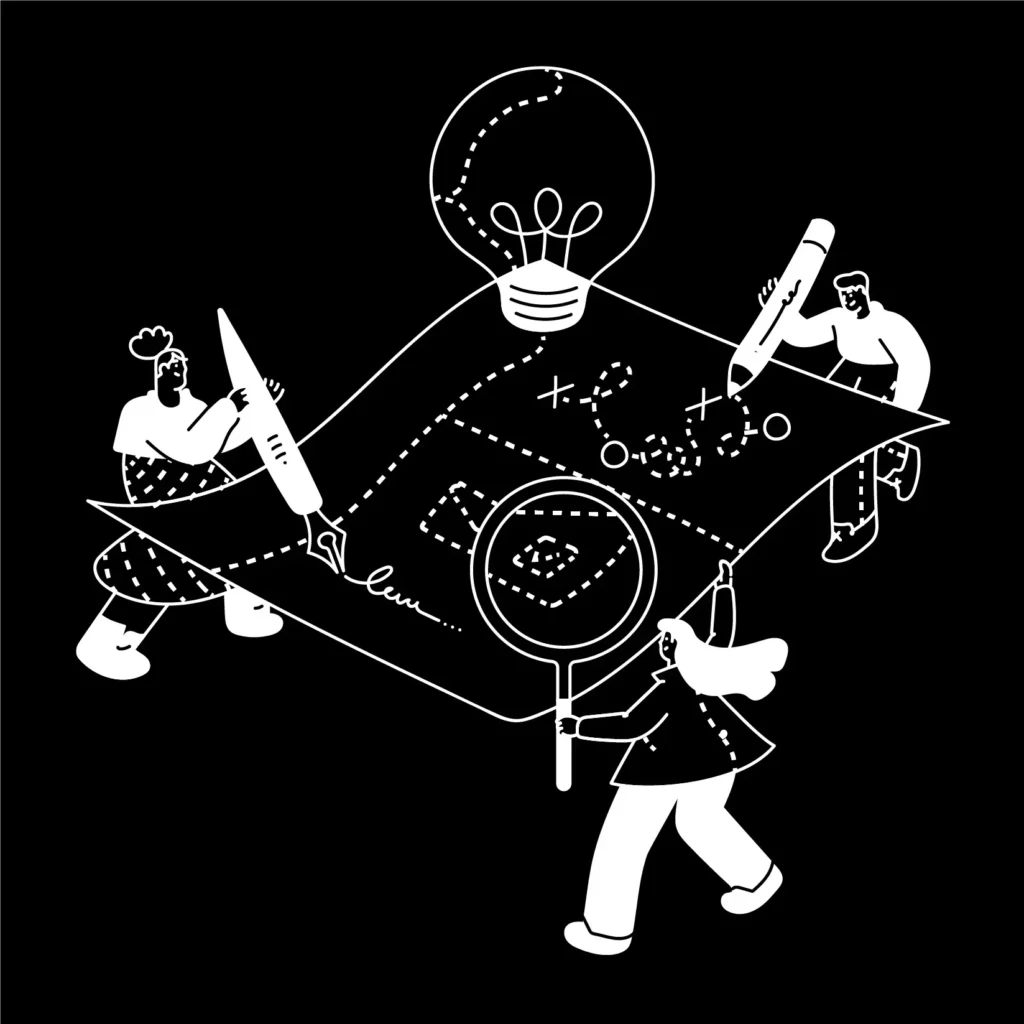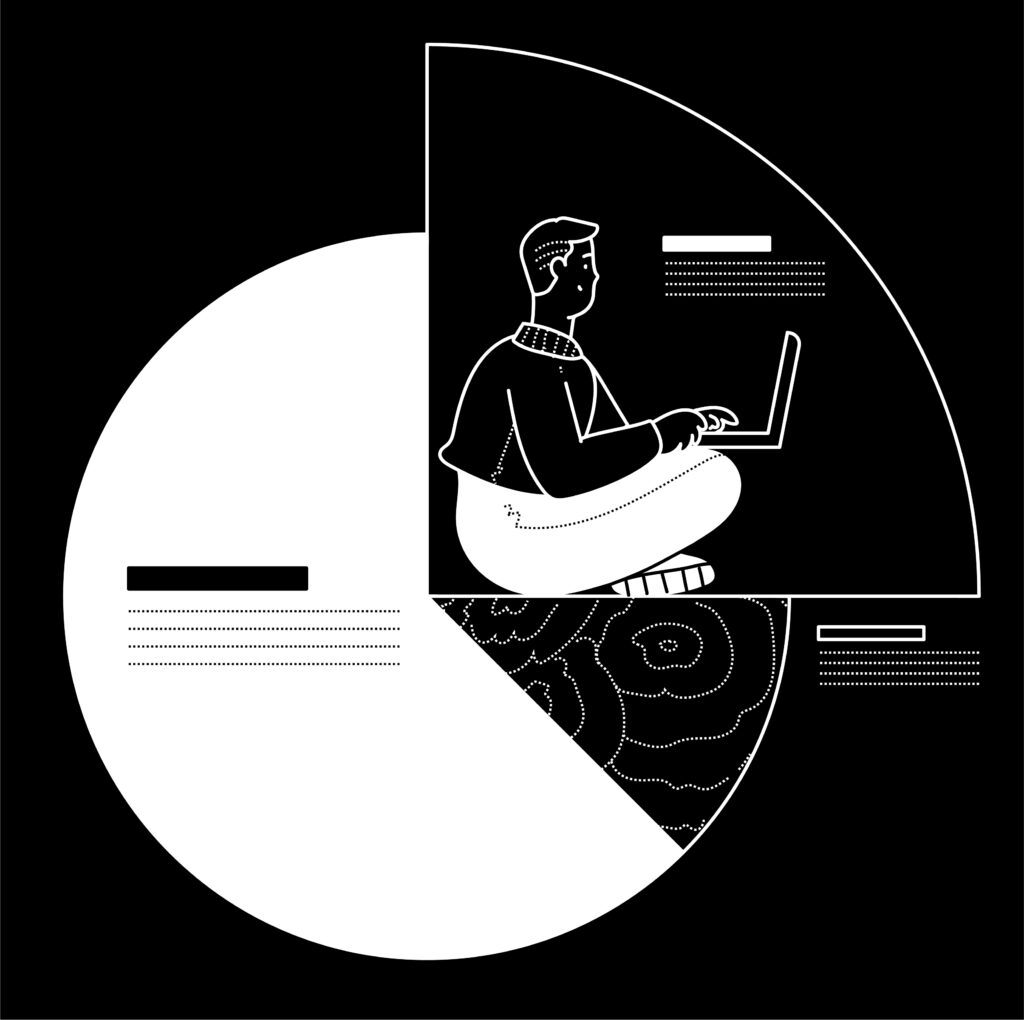Every day we make many steps in customer journeys. Both in the physical and the digital world.
Years ago our travels were limited to stores and physical goods. Today we live in a multimedia world of websites, social media, chat sessions, newsletters, e-mails and advertisement. These digital journeys have fundamentally changed the way we interact with companies and products.
Physical journeys
Last week I decided that I would visit a new sports store. A somewhat stressful experience, because I could not find half of my shopping list in the store.
So what went wrong? A few mental notes;
- Clothing items were not ordered by activities, but brand.
- The line of hiking gear on the back wall seemed to last forever and I had no idea how I got to the running shoes.
- Sports accessories were divided into several areas and no matter how hard I tried, I couldn’t find my tennis balls.
The above is an illustration of a customer journey in the physical world. A very negative that will make a lasting negative impression.
The same journey could easily take place in the digital world. In today’s world, a digital adapted journey does not only happen on the website. Instead, it talks about multiple types of communication methods from email and chat boxes to social media and apps. We have a number of options for communicating with the customer and giving a lasting impression.
In the physical world, a store owner or salesperson can observe interaction between the customer and store. They can see a person’s responses to a product, display or event. They are present in the here and now and can receive customer feedback. This provides valuable data and allows the seller to optimize and fine-tune their processes. However, how does this translate to the digital world?
Digital journeys lack visual emotions
As the world shifted to digital, we were presented with a tremendous amount of new challenges. The digital world is completely different from that of the store front. We cannot “see” anything. Instead, we have to use alternative methods to get feedback.
Google Analytics gives us a lot of feedback and although some of the reports are great, this data is biased and lacks the emotional factor. They are a good starting point, but they are very limited.
This forces us to look for emotions and feedback in other sources. And I already hear you think “these don’t exist”, but there are really alternative data sources. The user journey can cross multiple types of communication channels. With a little effort, we can get feedback from a number of different sources:
- Search engine results click results
- Website analysis such as top pages, bounce rates and exit inquiries
- Website offer response rates
- Email open rates
- Social media shares, likes and comments
- Customer reviews
- User interviews
- Surveys and polls
- A / B test results
The trick is to monitor, analyze and take action to improve the customer journey. And of course to record to be able to analyze the results.
What if you could translate a physical experience into the digital world?
Website design is not just about headers, footers or sidebars. Good design is about asking the right questions and making sure that these questions apply to your website visitors. It’s about finding solutions to your visitors’ problems and presenting these solutions within a coherent design. It is about mapping a journey for your visitors and creating clear paths for them to follow.
People naturally tend to subdivide people. Friends, family, neighbors, up to the branding community or customer group x. This natural urge, however, is the key to success for effectively mapping and optimizing the user journey.
Marketing messages or funnels can be tailor-made for each persona (read segmentation) of visitors. Once you have defined the personas, you can create unique messages and experiences that are focused on those characters, so that the offer can be formulated better and thus more conversions or sales are achieved.
The customer journey
The customer journey is not just the website. It is every interaction that your customer has with your brand / company. Rarely does a visitor come to your website and immediately makes a purchase or other converise. They may do research, visit the Facebook page, or will not return until much later. They come and go and they touch at various points within the buying cycle.
This simply comes down to; make sure that every interaction with your brand is a positive one. We will touch on how to achieve this in a next blog post.




